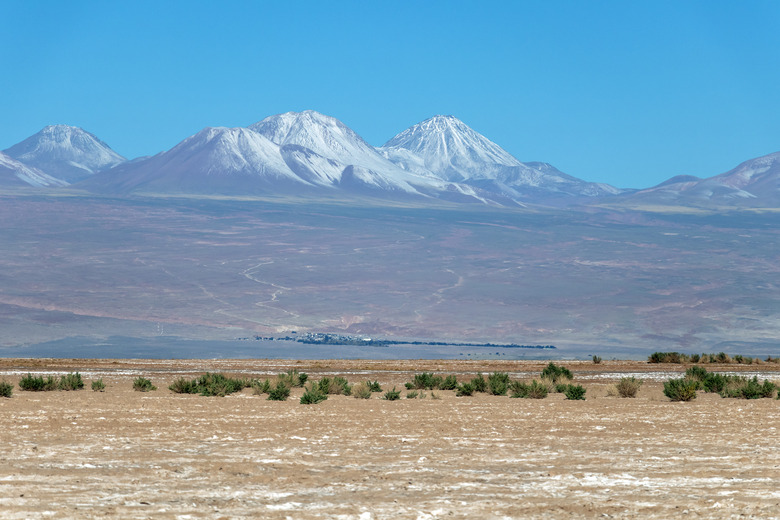How Do Animals Adapt Themselves In The Cold Desert?
When you think of a desert, most people imagine vast stretches of sand, hot dry winds and scorching heat. This is not always true, though. Many deserts are always cold, with long cold winters and snowfall and short summers with little precipitation.
Such deserts are known as cold deserts or temperate deserts, which always have a cool climate and do not really experience scorching hot.
Cold deserts are located in the temperate zone of the earth, where the temperatures are cooler than the tropics but warmer than the polar regions. Usually, cold deserts are located in interior areas far from the coast or near high mountains with low humidity, which makes the weather dry and cold.
Where Are Cold Deserts?
Where Are Cold Deserts?
Although the cold desert biome is sparsely populated with vegetation and animal life, it is rich in diverse organisms such as:
- lizards
- scorpions
- rodents
- antelopes
- llama
- gazelle
- ibex
- camels
These organisms have developed special adaptations to help them survive the harsh cold desert climate.
What Are Examples of Temperate Desert Animal Adaptations?
What Are Examples of Temperate Desert Animal Adaptations?
Along with low temperatures, cold deserts have dry winds that cause the climate to become colder and lose moisture.
Most animals living in cold deserts have developed adaptations to combat the falling temperatures. These adaptions may be in the form of thick fur, scaly skin or the ability to store water in their bodies.
Modified Exoskeleton
Modified Exoskeleton
Animals living in cold or temperate deserts have thick exoskeletons to protect them from the cold dry winds.
Bactrian camels found in the Gobi and Takla Makan deserts have thick and coarse, hairy coats to keep them warm during the cold winters, and they shed these thick coats as summer sets in. Bactrian camels also have thick eyebrows, eye lashes and nostril hair to prevent sand from entering their eyes and nose.
Like Bactrian camels, many reptiles live in cold deserts. They often have thick and spiny exoskeleton to prevent loss of water while their cold blood regulates their body temperature according to the surrounding temperature.
Animals such as the Peruvian fox have thick fur coat that protects against cold winds. Cold desert animals have a layer of fat that acts as insulation to prevent loss of body heat.
Desert Camouflage
Desert Camouflage
Camouflaging is a survival technique used by animals to protect themselves from predators. The accumulation and melting of snow changes the landscape of cold deserts drastically. Many cold desert biome animals camouflage to match their changing surroundings.
The ptarmigan bird is an excellent examples of this. Ptarmigans have brownish feathers during the warm summers when the landscape is brown and muddy. The bird molts into white feathers during winter months when the ground is covered in snow.
Burrowing
Burrowing
A common adaptation in temperate desert animals is burrowing during extreme weather. Animals such as lizards, snakes and rodents burrow themselves under layers of sand and use their body heat to keep themselves warm.
Water Conservation Methods
Water Conservation Methods
Like hot deserts, cold deserts are also arid and water scarce, which makes it essential for desert animals to conserve water in their body. Bactrian camels are known for having two humps for storing fat that can be converted into energy and water when needed.
Animals living in cold deserts biome are uricotelic, that is, they convert their excreta from urea to uric acid to retain water in their body.
Cite This Article
MLA
Naik, Kavita. "How Do Animals Adapt Themselves In The Cold Desert?" sciencing.com, https://www.sciencing.com/do-adapt-themselves-cold-desert-6536620/. 2 July 2019.
APA
Naik, Kavita. (2019, July 2). How Do Animals Adapt Themselves In The Cold Desert?. sciencing.com. Retrieved from https://www.sciencing.com/do-adapt-themselves-cold-desert-6536620/
Chicago
Naik, Kavita. How Do Animals Adapt Themselves In The Cold Desert? last modified March 24, 2022. https://www.sciencing.com/do-adapt-themselves-cold-desert-6536620/
